Total Therapy Blog
Surviving the Series – Injury Report
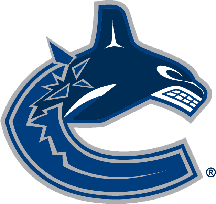 Any NHL player knows that a career in hockey means a few bumps and bruises. NHL teams are constantly having to shift their rosters as players get. The Canucks so far have been fairly lucky – most injuries have happened in the early season, and players were able to get back in shape before the playoff run.
Any NHL player knows that a career in hockey means a few bumps and bruises. NHL teams are constantly having to shift their rosters as players get. The Canucks so far have been fairly lucky – most injuries have happened in the early season, and players were able to get back in shape before the playoff run.
We’ll delve into three Canucks’ injury history this season, looking at what the injury means, how it can happen in and out of the rink, and what to do about it.
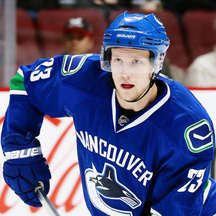 Alexander Edler
Alexander Edler
What: herniated/bulging lumbar disc (likely a posteriolateral bulge)
Mechanism of injury: disc herniation is a serious injury whereby the jelly-like contents of the disc escape the disc’s fibrous sheath and put pressure on the nerve roots exiting the spinal cord. The most common type of disc herniation is posteriolateral – or a bulge out to the back/side of the vertebrae.
This can happen via two methods:
- Catastrophic failure (e.g. lifting with poor form, or taking a hit the wrong way)
- Repeat, prolonged flexion (e.g. repetitive bending or prolonged sitting).
Treatment plan: Edler ended up having surgery to remove a portion of the bone in his spine to relieve the pressure caused by the disc. However, in most cases surgery is done only as a last resort. The majority of cases are treated conservatively. Chiropractic or physiotherapy treatment is used to treat the acute stages of the injury, with the focus shifting to core strength and biomechanical re-education for the latter stages (usually done under the supervision of a kinesiologist).
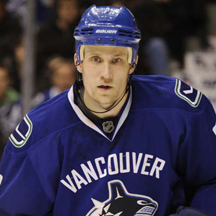 Sami Salo
Sami Salo
What: Achilles tendon rupture
Mechanism of injury: the Achilles tendon connects the calf muscle to the foot (calcaneus bone). Rupture occurs when the forces exerted through the tendon supersede its capacity to absorb it, resulting in the tendon ripping.
There are three common mechanisms:
- Explosive push-off motion (e.g. jumping, breaking into a sprint)
- Forcing the foot into dorsiflexion (pulling the foot up towards the shin)
- Falling from a height
Treatment plan: Salo had surgery to repair his Achilles tendon, but this may not be the case for all patients. The severity of injury, the person’s age, work or recreational activities, and overall health status will impact whether or not surgery is done. In almost all cases, some form of casting will be done with a heel lift. The cast limits movement around the ankle and heel lifts reposition the foot to take tension off the healing tendon. Physiotherapy can be started relatively early to promote gentle range-of-motion. Later rehabilitation goals include restoring normal range-of-motion and strengthening, with sport-specific rehab incorporated at the final stages.
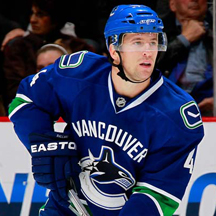 Keith Ballard
Keith Ballard
What: Medial collateral ligament sprain
Mechanism of Injury: After being tripped up by an Ottawa Senator’s player, Ballard’s knee was forced into flexion and the lower leg externally rotated (ouch!). More commonly, MCL sprains happen when a force directed towards the inside of the knee is applied to the outer thigh or knee.
Treatment plan: This varies depending on severity. MCL sprains are divided into three categories:
- First degree – the ligament is stretched, but not torn; some pain, little swelling
- Second degree – partial tear; instability in the knee joint noted; bruising evident, with significant pain and swelling
- Third degree – full tear; considerable instability in the knee joint noted; significant bruising and swelling evident; other structures potentially involved (e.g. meniscus, ACL, hamstrings, adductor muscles)
Generally, first degree sprains take an athlete out of the game for 1-2 weeks. Second and third degree sprains are more serious, and can result in lengthy recovery periods. Surgery is rarely used to repair MCL tears; instead, serious injuries are protected with bracing, and physiotherapy is started as soon as the patient can tolerate it. Active rehabilitation follows to help the patient regain full function.
The Bottom Line
Luckily for Edler, Salo, and Ballard, the Canucks have a full-time athletic staff. Each of these players underwent extensive rehabilitation plus sport-specific conditioning before they went back onto the ice. You may not be an NHL player, but we can all learn from their discipline when it comes to injury rehab. Get help, get a plan, and stick to it. The rest will take care of itself.

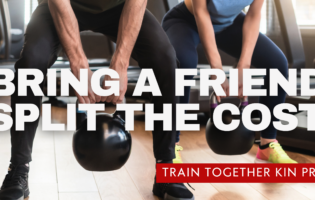

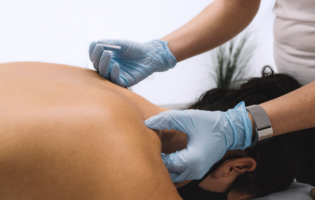




Follow Us!
& Stay Up To Date
BLOG